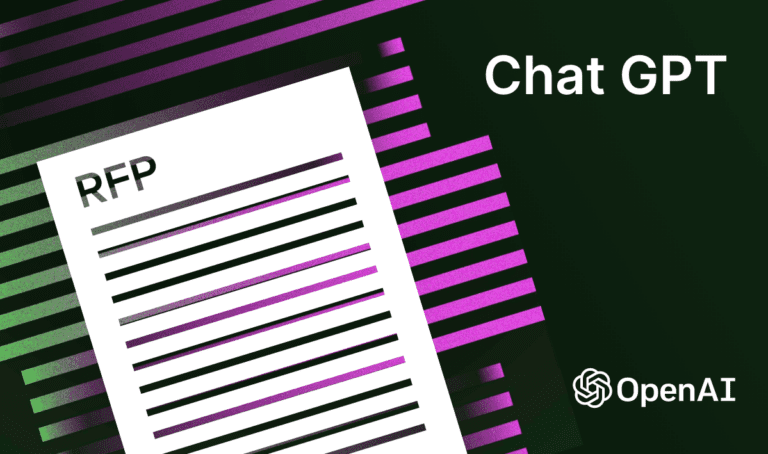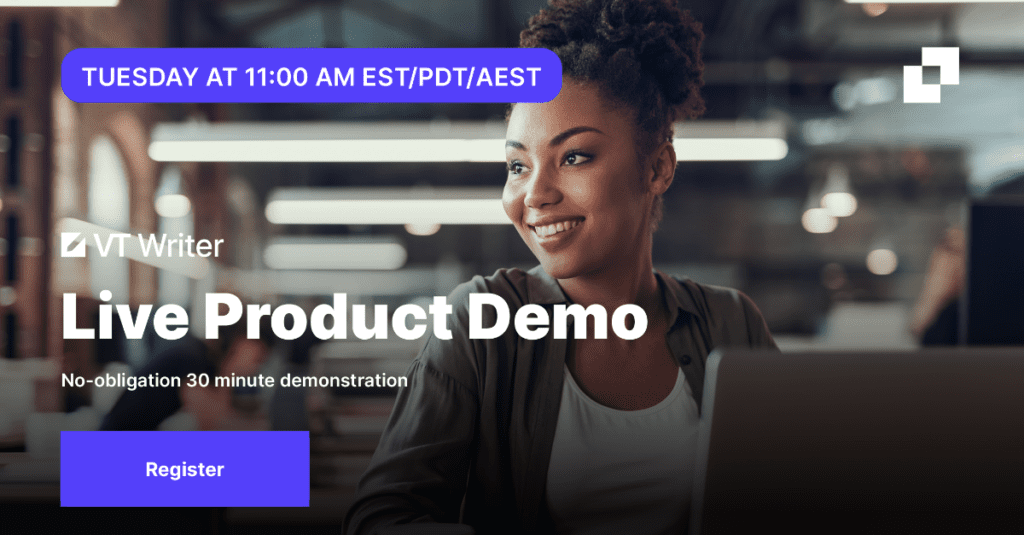Introducing ChatGPT
In the past few months, there has been a surge in the use of ChatGPT, a ground-breaking language model developed by OpenAI. As a result, OpenAI has rapidly grown into a billion-dollar company and ChatGPT has made history as the fastest app to reach one million users. Achieving this milestone in just five short days. But what exactly is ChatGPT?
ChatGPT is a neural network-based AI (Artificial Intelligence) model that is trained to generate human-like text. You can fine-tune ChatGPT to perform a wide range of natural language processing tasks. Such as language translation, summarization, question-answering, and text generation. But its potential does not stop there. You can use ChatGPT for various applications such as chatbots and automated content generation, as well as sentiment analysis. And, more importantly, you can also use ChatGPT in the proposal management process. The possibilities are endless, limited only by your imagination.
The potential of ChatGPT in proposal management
As a proposal manager, you are always looking for ways to improve your process. Whether it be through automation or AI models. And ChatGPT offers just that. You can use ChatGPT to automate repetitive tasks such as content generation and compliance checking. Allowing proposal writers to focus on more complex and creative aspects of proposal development. This can lead to considerable time and cost savings for the company.
Using ChatGPT will also give you a competitive advantage. As more companies adopt AI-based tools such as ChatGPT, proposal writers who are proficient in using them will have a competitive advantage in the marketplace. This can help them stand out from their peers and advance their careers.
By using ChatGPT in these ways, proposal managers can improve the quality and accuracy of their proposal content. Which can lead to a higher success rate in winning contracts.

We asked ChatGPT directly, how could it help with an RFP (Request for Proposal) process? And here are the results:
ChatGPT could improve the RFP (Request for Proposal) process in several ways:
Automating responses. You can train ChatGPT on a company’s past RFP responses. And then use it to automatically generate new responses, saving time, and reducing errors.
Identifying key themes. ChatGPT can analyze RFP’s and identify key themes and requirements. Helping companies to tailor their responses more effectively.
Answering questions. You can use ChatGPT to answer specific questions or provide additional information requested in an RFP. Helping to demonstrate a company’s expertise and capabilities.
Simplifying complex language. ChatGPT can simplify complex language used in RFPs. Making it easier for companies to understand and respond to the requirements.
Identifying missing information. By analysing the RFP, ChatGPT can identify any missing information and can prompt the user to provide it. Improving the completeness of the response.
Overall, ChatGPT can help companies to respond to RFPs more efficiently and accurately, increasing their chances of winning contracts.
Streamlining your proposal document generation with ChatGPT
With the ability to generate human-like text, ChatGPT offers possibilities for proposal writers looking to streamline their process. You can use ChatGPT to generate executive summaries, compliance matrices, and other proposal-related documents in a few diverse ways:
- Templates and boilerplate. You can train ChatGPT on a variety of proposal-related templates and boilerplate text to generate documents. Such as executive summaries, compliance matrices, and other proposal documents quickly and efficiently.
- Data-driven generation. You can use ChatGPT to analyze and interpret large amounts of data related to government contracting. Such as requirements and regulations. You can then generate proposal-related documents that are accurate, compliant, and tailored to specific customer needs.
- Summarization. ChatGPT can summarize complex information from proposals, such as technical specifications and performance data. Which you can use to create concise, easy-to-understand executive summaries and compliance matrices.
- Language generation. You can use ChatGPT to generate language that is specific to the industry and the customer. Which you can use to create proposal-related documents written in a style that will resonate with the customer.
- Collaboration. Integrating with other tools, such as project management software, to facilitate collaboration among proposal writers and other team members. Making it easier to generate proposal-related documents that are consistent, accurate, and compliant.
Using ChatGPT in these ways, proposal managers can save time and resources while also improving the quality of proposals.
Using ChatGPT for research and understanding the competition
As a proposal manager, staying ahead of the competition is crucial for winning contracts. But how can you gain a comprehensive understanding of your competition’s strengths and weaknesses? One solution is to research and analyze their proposals.
Here are 5 ways you can use ChatGPT to research and understand the competition:
- Analyzing competitor’s Proposals. You can use ChatGPT to analyze competitor’s proposals and identify patterns in their language, formatting, and content. This can provide insights into their strengths and weaknesses.
- Generating Competitive Analysis (battlecards). You can train ChatGPT on a company’s own proposal and competitor’s proposals. And then generate a detailed competitive analysis report. Highlighting the strengths and weaknesses of the competition, as well as opportunities for differentiation.
- Identifying Industry Trends. You can analyze large amounts of industry data, such as news articles and press releases. And identify trends in the market and understand how the competition is positioning themselves.
- Identifying new competitors. ChatGPT can analyze social media data, news, and press releases, to identify new entrants in the market. Which can help companies stay ahead of the competition.
- Predictive Analysis. You can also train ChatGPT on historical contract data to identify patterns and trends. Which you can use to predict future contract opportunities and inform a company’s bidding strategy.
By using ChatGPT in these ways, companies can gain a better understanding of their competition. This can help them make more informed decisions and develop more effective strategies for winning government contracts.
ChatGPT and VisibleThread
By combining VisibleThread with ChatGPT, you can utilize the language generation capabilities of ChatGPT to improve readability and efficiency. While using VisibleThread to ensure the proposal is compliant and meets industry standards. Additionally, VisibleThread’s analytics capabilities can provide valuable insights into the language and content. With objective metrics and the ability to score every paragraph for clarity, readability, and grade level.
This can lead to more effective and efficient proposal development, with a higher chance of winning contracts. Here are some ideas for you to try:
- Document comparison. You can use VT Docs to compare and shred documents, highlighting important information and differences. You can then use ChatGPT to explain and simplify the information, making it easier to understand.
- Dictionary building: You can use VT Docs to identify key terms and concepts in a document. Which ChatGPT can then use to build dictionaries and explain complex language.
- Thematic discovery. You can use VT Docs’ thematic discovery feature to identify important themes and topics in a document. ChatGPT can then provide additional information and explanations about these themes, helping to increase understanding.
- Contract analysis. You can use VT Docs to analyze contracts, highlighting key clauses and requirements. ChatGPT can then be used to explain the clauses and requirements in simple language. Making it easier to understand and comply with.
- Key insight discovery. VT Docs can be used to identify key insights in a document. And ChatGPT can be used to explain those insights in simple language and provide additional information.
Together, ChatGPT and VT Docs can help to improve the efficiency and accuracy of document analysis. Making it easier to understand and act on important information. It is the perfect combination for your proposal, business development, and contracts teams to take your success to new heights!
Conclusion
In conclusion, ChatGPT offers a wide range of applications for natural language processing that businesses can take advantage of. It is particularly useful in improving the process of preparing RFPs by automating many tedious and time-consuming tasks. Combining VisibleThread with ChatGPT can help companies identify any issues or inconsistencies with proposals quickly and accurately. Both technologies can ensure businesses save time and money. As well as other costs associated with responding to requests for proposals while increasing chances of success.
Ultimately these two technologies can help eliminate costly errors in proposal management. Saving companies time and money in the long run. So, if you’re looking to become a competitive player in today’s global market by optimizing your proposal process – Contact us today!





